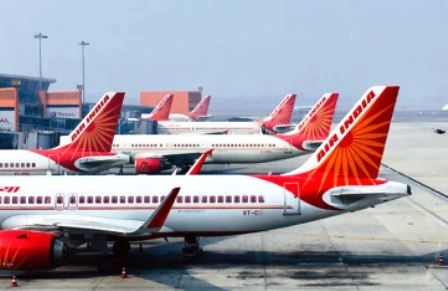Indian airlines have started flexing their muscle and have mounted multiple flights to medium-haul and long-haul destinations. Air India announced over 20 weekly flights from India to UK and USA and this will offer over 5,000 additional seats on these long-haul routes from India.
In September 2022, IndiGo announced the commencement of flights to Ras Al Khaimah, which happens to be their 26th international destination. IndiGo, the dominant player in the Indian market has stepped up its expansion plans to short-haul and to a certain extent medium-haul destinations and with the arrival of their wide-bodied aircraft, they plan to go long-haul.
What do these two developments mean for the Indian outbound travel market? So far, the Middle East carriers have dominated the long-haul market from India through their Middle East hubs. These would not change overnight, but a start has been made. Indians prefer direct flights as it saves time as well as the hassle of changing aircraft and even avoid Red-eye flights, which is the case with Middle East carriers.
The other issue is connectivity. This expansion of capacity from India will augur well for the growing outbound market. According to a study by FICCI, in 2019, a total of 26.92 million Indians travelled overseas. While most of the long-haul traffic was through the Middle East hubs, there is a chance to correct some of the anomaly. Not to say that they did not serve us well. It is due to the presence of these carriers that airfares were competitive, and Indians could afford to travel to long-haul destinations even from Tier 2 airports from India. They provided a leg up for the booming outbound industry.
One silver lining in the divestment of Air India is the rapid improvement in connectivity and service quality. Indian customers are flocking to the airline once again and once their new aircraft gets deployed, we can expect Indian customers to flock to the airline. With the new management in place there is flexibility and quick decision-making taking place at the carrier, which is good news.
Overseas destinations are wooing Indian travellers and many of them have embarked on roadshows across major cities in India. There was a time when tour operators and travel agents would complain about lack of connectivity. However, things have changed. Emirates for instance has exhausted its bilateral seat capacity and has asked the government for more seats on the India-Dubai sector. Similarly, other Middle East carriers have also made requests. Western carriers are bogged down with their own challenges in the home market as demand has outstripped supply and no new capacity will be deployed on the India sector anytime soon. Though we may hear of an airline or two adding capacity.
Indian airlines would be better off ramping their international capacity as this will also provide the Indian outbound market the opportunity to market the destination.








